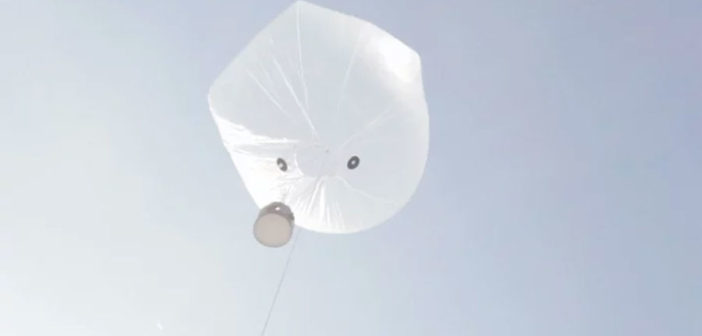At Cannes Lions, Lego’s Lars Silberbauer broke down how one of the most popular brand’s in the world approaches social media.
You don’t have to look far to find one report or another declaring Lego one of the most powerful brands on the planet. Sure it’s got the toys everyone loves to build with, and the blockbuster movies–but it’s also got one of the most robust social media fan communities in the world. Part of that is just by nature of being the purveyor of the most popular toys on the planet, but it’s also due to a specific strategy.
In a presentation at the Cannes Lions Festival of Creativity on Sunday, Lego’s senior global director of social media and video Lars Silberbauer, broke down how the brand built and approaches that strategy. His team of about 50 people includes 35 to 40 different nationalities. “It’s really important that, if you want to act in a world that is constantly disrupting, you have to have as many different perspectives on what you’re doing right now,” said Silberbauer.
The two pillars of the brand’s social strategy are based on two core human social needs: the need to play and build together, and the pride of creation. Both of these foundation principles tie directly into perhaps the brand’s biggest strength, and not-so-secret weapon: the creativity of its fans. By facilitating, supporting, and promoting the efforts of its fans, Lego amplifies their passion to a global audience, further fanning the flames of fandom everywhere it goes.
Silberbauer outlined three examples of how they do this. The first is through a competition called First Lego League, a Lego robotics competition that’s not run by the brand at all, in which up to 70,000 kids worldwide against each other in building Lego robots that can solve challenges.
Second was the crowdsourcing platform Lego Ideas, where the brand invites people to propose and build new Lego sets. Like a branded version of Kickstarter, aspiring Lego designers have to get 10,000 supporters for their projects in order to be considered. And support isn’t a mere “like,” but a survey form.
.@LEGOIdeas to launch production of fan-created #SaturnV moon rocket model: https://t.co/V0XfY8AULQ pic.twitter.com/kFYfMBwv7x
— collectSPACE (@collectSPACE) June 9, 2016
“It’s a platform that’s really worked well for a number of years now,” said Silberbauer. “Four new products come out of this program every year, pretty much with no marketing budget because the excitement and engagement have already been built up throughout the crowdsourcing phase.”
The third example was the Kronkiwongi Project. Now, if you’re asking yourself, “What’s a Kronkiwongi?” it’s because you’re a typically uncreative adult human.
“The insight behind it is that 98% of us were creative geniuses at age three, but the challenge is that only 2% of us retain that level of creativity,” said Silberbauer. “With this project, we wanted to reveal and celebrate, not that we get less creative, but the amazing openness and creativity that kids have. So we asked kids from all over the world to tell us what a Kronkiwongi is and to build one for us.”
“At the end of the day, no matter what we do, there’s always going to be creativity within the fan community,” Silberbauer continued. “And all of our outgoing stuff and brand messaging may just be obsolete when fans come up with some really cool stuff.”
Then he ended with a fan-made Lego recreation of Red Bull Stratos–branded content based on another piece of brand content–because why not.
Said Silberbauer, “This is just a constant reminder that no matter what we come up with ourselves, we always need to be humble toward the fact that the creative power of the crowd is just so much greater than ours.”
–
This article first appeared in www.fastcompany.com
Seeking to build and grow your brand using the force of consumer insight, strategic foresight, creative disruption and technology prowess? Talk to us at +9714 3867728 or mail: info@groupisd.com or visit www.groupisd.com




